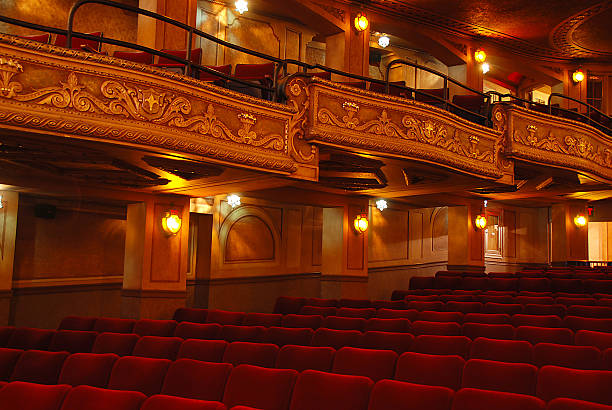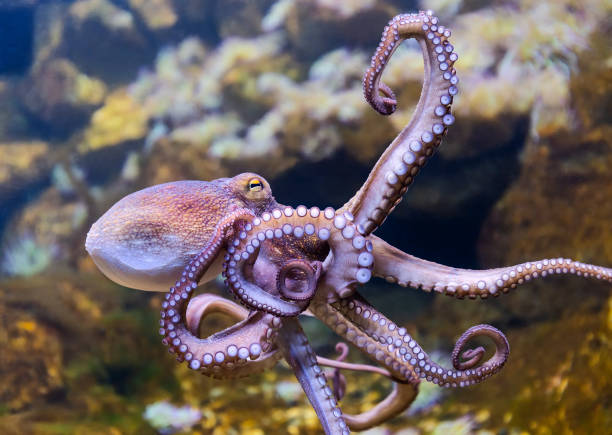In the Spotlight: The Reemergence of Vaudeville Theater in Modern Pop Culture
In the world of arts and entertainment, history often repeats itself. This cyclical pattern is most evident in the surprising reemergence of Vaudeville theater within modern pop culture—a phenomenon that harks back to the late 19th and early 20th centuries. This article will delve into the historical roots of Vaudeville, its current resurgence, and the impact it bears on contemporary art and entertainment.

The Curtain Rises: A Brief History of Vaudeville
Born in the late 1800s, Vaudeville theater was a popular form of variety entertainment in the United States and Canada. It was a melting pot of short performances, including comedy acts, song and dance numbers, and magic shows. Vaudeville was characterized by its diversity and inclusivity, providing a platform for performers of all backgrounds, genders, and ethnicities—a progressive accomplishment for its time.
The Comeback Act: Vaudeville’s Return to the Spotlight
Fast forward to the 21st century, elements of Vaudeville have started to reappear within modern pop culture. Television shows, movies, and stage performances are increasingly incorporating Vaudevillian elements, from slapstick comedy and extravagant song and dance numbers to magic acts and circus-like feats. Examples include the television series “Penny Dreadful: City of Angels,” which features a storyline revolving around a Vaudeville theater, and the Broadway musical “Something Rotten!” that parodies Shakespearean plays in a decidedly Vaudevillian style.
The Standing Ovation: Impact and Significance
The reemergence of Vaudeville in modern pop culture holds notable significance. It represents a shift in audience tastes towards more diverse and inclusive performances. Vaudeville’s comeback also reflects a longing for simpler times and a desire for joyous, immersive experiences that take viewers away from the complexities and challenges of the modern world. Additionally, it underscores the enduring appeal of variety entertainment, demonstrating its ability to adapt and remain relevant despite evolving cultural trends.
The Final Bow: The Future of Vaudeville in Pop Culture
Given its current trajectory, the influence of Vaudeville in pop culture is likely to continue growing. As more creators experiment with Vaudevillian elements, audiences can expect a richer, more diverse entertainment landscape reminiscent of the early 20th century. However, it remains to be seen how this trend will evolve and whether it will usher in a new era of Vaudeville-inspired performances.
In conclusion, the reemergence of Vaudeville theater in modern pop culture serves as a testament to the enduring power of this historical art form. Its blend of diversity, inclusivity, and variety makes it a relevant and entertaining choice for contemporary audiences—proving that even in a digital age, the allure of the live stage remains as potent as ever.





